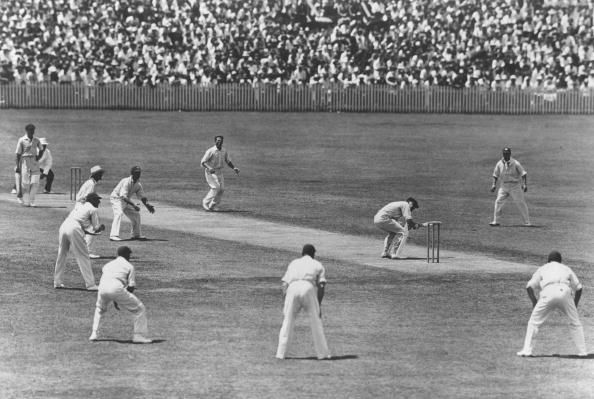



TEAM SPONSER

OFFICAL BORDCASTER
TITLE SPONSER
OFFICAL PARTNERS




4th Floor,Cricket Center
Wankhede Stadium
'D' Road, Churchgate
Mumbai - 400020
India.
E-mail:offic@bcci.tv
T +91 22 - 2289 8800F 022 - 2289 8801
Copyrights BCCI 2021 , All Rights Reserved.
Terms and Condition
Privacy Policy